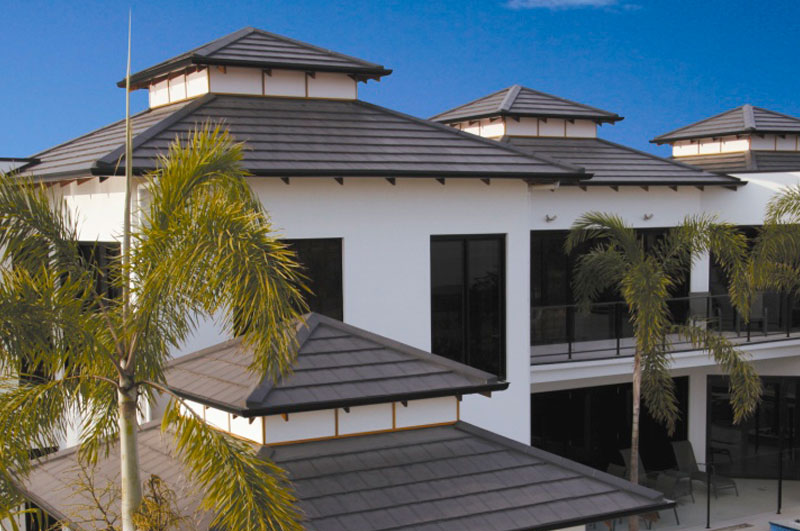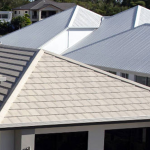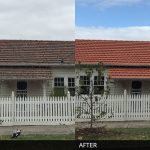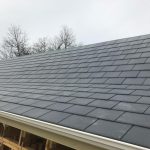
How To Test The Performance of Roof Slates
24 February 2023The producers of slate that don’t typically have much to conceal do routine tests on their slate as part of their quality assurance processes. The top manufacturers of slate in the world are among those manufacturers. There are a variety of relevant tests that can be performed on roofing slate, and the results of all of these tests combined indicate how well the slate will function. There is a wide variety of roofing slate available, and the quality of the slate is often shown by test results that prove its performance.
Importance of Roof Slate Performance Test
The standards aim to ascertain the physical, chemical, and mechanical qualities of the roofing slate to evaluate its potential efficacy in the future. To do this, the standards utilise a variety of testing procedures, each of which evaluates a certain quality of the roofing slate. The various approaches to testing may be categorised into the following three categories: mechanical characterisation, weathering characterisation, and petrological characterisation.
Performance Testing Schemes
Each of the following tests has been developed to simulate the most typical factors contributing to failure:
The Water Absorption Test
This requires that a slate not gain weight after several cycles of boiling, soaking (with distilled water), and drying. A gain in weight of less than 0.25 per cent per week is considered healthy, while an increase of less than 3 per cent per week is considered appropriate. However, if water is allowed to become trapped underneath the lapped zone, it might cause problems on the underside of the slate. Slate is practically impenetrable to water.
The Wetting and Drying Test
This test requires that the slates pass without cracking, flaking, or delaminating after being subjected to 15 cycles of soaking, chilling, and drying in an oven with adequate ventilation. The greatest slates can be dried in a short amount of time. If water remains on the surface of the slate after it has evaporated, the slate will dry more slowly and become a magnet for dirt and other forms of airborne biological matter. This will keep moisture on the slate for a longer period, which will make the slate more susceptible to premature deterioration.
The Acid Immersion Test
This test requires that the slates do not show any evidence of swelling, softening, flaking, or delamination along the edges and that there should be no gas generation or release. The slates should be submerged in sulphuric acid baths for 240 hours.
The Modulus of Rupture Test
This test attempts to determine the flexural strength of slate by simulating foot activity and hail on slate roofs. The results of this test are reported as a modulus. It evaluates a product’s capacity to sustain a weight of 9000 pounds on a slate measuring 3/16 inches thick.
Flexure Test
These test techniques involve determining the breaking load, modulus of rupture, and modulus of elasticity of slate employing flexure tests. Flexure tests are also used.
The Weather Resistance Test
This test consists of a depth of softening test and a chemical weathering test that assesses slate disintegration. This test directly corresponds with the durability of the slate when it is exposed to actual weathering.
Recent Posts
-
 Monier Concrete Tile Re-Roofing Specialist: Revamp Your Home’s Look with Higgins Roofing
Monier Concrete Tile Re-Roofing Specialist: Revamp Your Home’s Look with Higgins Roofing
-
 Monier Terracotta Shingles Roofing: Redefining Urban Charm in Hawthorn
Monier Terracotta Shingles Roofing: Redefining Urban Charm in Hawthorn
-
 Low Pitch Monier Tiles Roofing Installation: Understand the Do’s and Don’ts
Low Pitch Monier Tiles Roofing Installation: Understand the Do’s and Don’ts
-
 Monier Tile Roofing Specialist: The Impact of Expertly Installed Roof Tiles
Monier Tile Roofing Specialist: The Impact of Expertly Installed Roof Tiles
-
 The Monier Terracotta Tile Re-roofing Transformation
The Monier Terracotta Tile Re-roofing Transformation
-
 Concrete Roof Tile Installer: The Higgins Roofing Advantage with Monier Concrete Tiles
Concrete Roof Tile Installer: The Higgins Roofing Advantage with Monier Concrete Tiles
-
 Monier Roof Tile Extensions: Key Factors in Crafting Stunning Roof Extensions
Monier Roof Tile Extensions: Key Factors in Crafting Stunning Roof Extensions
-
 Tell-tale Signs for Roof Tile Replacement: Avoid Future Headaches, Use Monier
Tell-tale Signs for Roof Tile Replacement: Avoid Future Headaches, Use Monier
-
 Building Out? Monier Roof Tile Extensions Blend Old and New
Building Out? Monier Roof Tile Extensions Blend Old and New
-
 Roof Tiles in Melbourne: Will Yours Stand the Test of Time?
Roof Tiles in Melbourne: Will Yours Stand the Test of Time?

